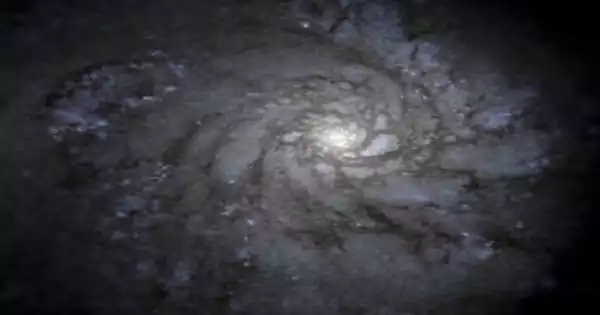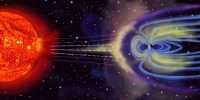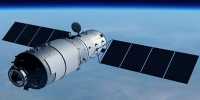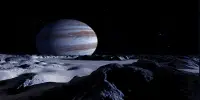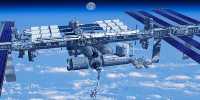According to new supercomputer simulations, after forming a ring, a planet can migrate away, leaving the ring behind. This not only supports the planet idea for ring formation, but the simulations show that a moving planet can produce a variety of patterns similar to those observed in disks.
One probable explanation for the rings and gaps observed in gas and dust disks surrounding young stars is the formation of planets. However, this idea fails to explain why planets connected with rings are uncommon. According to new supercomputer simulations, after forming a ring, a planet can migrate away, leaving the ring behind. This not only supports the planet idea for ring formation, but the simulations show that a moving planet can produce a variety of patterns similar to those observed in disks.
Protoplanetary disks of gas and dust encircle young stars. ALMA (Atacama Large Millimeter/submillimeter Array), one of the world’s most powerful radio telescope arrays, has observed a variety of patterns of denser and less dense rings and gaps in these protoplanetary disks. Gravitational influences from planets forming in the disk are one proposal to explain these features, but subsequent observations hunting for planets near the rings have generally failed.
These findings assist to explain why planets are rarely seen at the outer rings, and the three phases described in the simulations match the patterns seen in actual rings. Higher resolution data from next-generation observatories, which will be more capable of searching for planets near to the central star, will aid in determining how closely these simulations resemble reality.
Star formation is the mechanism that governs the structure and growth of galaxies, as well as the accumulation of heavy elements in the Universe, which is responsible for the formation of planetary conditions conducive to life.
Stars shine for billions of years, but their genesis – which takes only a few million years – is a mystery: optical telescopes cannot see within the dusty gas clusters where stars are born. Infrared telescopes, on the other hand, which can see young stars before they entirely emerge from their dusty cradles, are unable to witness the development process involved in star pre-ignition.
In this study, researchers from Ibaraki University, Kogakuin University, and Tohoku University in Japan used ATERUI II at the National Astronomical Observatory of Japan, the world’s most powerful supercomputer dedicated to astronomy, to simulate the case of a planet moving away from its initial formation site.
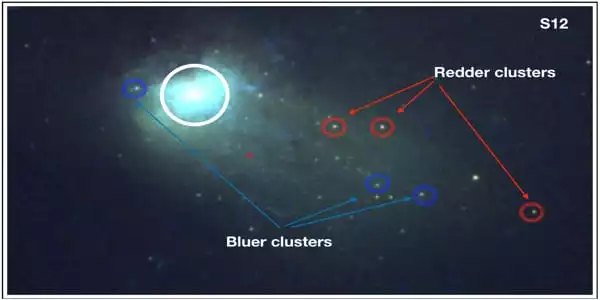
Their findings shown that on a low viscosity disk, a ring created at a planet’s initial location does not move when the planet migrates inwards. Three separate phases were recognized by the team. The original ring remains intact as the planet pulls inwards during Phase I. In Phase II, the initial ring begins to distort, and a second ring begins to develop at the planet’s new location. In Phase III, the initial ring disappears and only the latter ring remains.
Jupiter, with a mass three times that of the other planets combined, dominates gravitational interactions within the Solar System. Even if it suddenly vanished, its absence would have minimal effect on the movements of the other planets, which are mostly determined by the Sun’s gravity.
There would be slight modifications in the orbits of the planets around the Sun, but very nothing else. Jupiter, on the other hand, does an excellent job of shepherding and absorbing tiny particles in the Solar System. With Jupiter gone, the greatest effect on Earth would be an increase in the rate of asteroids and other space debris impacting the planet.
ALMA investigates all stages of planet formation: it probes protoplanetary discs – planetary embryos – at high resolution; it can record the growing brightness and warmth of planets as they form, and it can directly detect how big planets shift their orbits within the discs. ALMA can detect more planets by detecting their minuscule effects on the stars they circle, and it can also determine the mass of these planets as they form. ALMA can also look at dust discs and debris that remain near stars after the gas has gone away.
These findings assist to explain why planets are rarely seen at the outer rings, and the three phases described in the simulations match the patterns seen in actual rings. Higher resolution data from next-generation observatories, which will be more capable of searching for planets near to the central star, will aid in determining how closely these simulations resemble reality.
